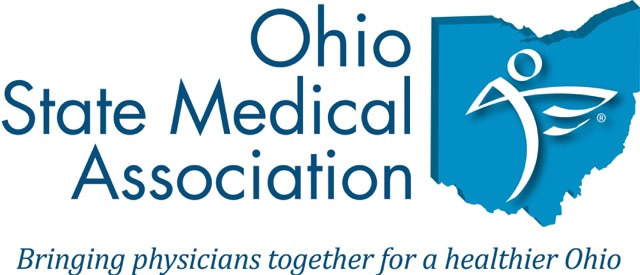view all news
Complete Story
View the full application
Complete Story
11/20/2025
Ohio Submits Rural Health Transformation Application: OSMA’s Role & What's Next
The Ohio Department of Health (ODH) has officially submitted the state’s application for the new federal Rural Health Transformation Program—a five-year, $50 billion initiative created under the One Big Beautiful Bill Act to improve health care delivery in rural communities nationwide.
As every state must apply to access these funds, ODH acted swiftly to develop Ohio’s proposal. To assist, the Ohio State Medical Association (OSMA) actively gathered input from rural physicians across the state to ensure Ohio’s application reflects the on-the-ground realities of rural medical practice and elevates the voice of physicians in shaping this effort.
Of the total $50 billion in funding, $25 billion will be distributed equally among all states with approved applications, providing baseline support to every participating state. The remaining $25 billion will be awarded through a competitive scoring process based on the strength and strategy of each application.
At the heart of Ohio’s proposal is the creation of regional Innovation Hubs—clinically integrated networks designed to improve care coordination across rural regions. These hubs will connect hospitals, physician practices, EMS agencies, behavioral health providers, pharmacies, and community-based organizations. By sharing clinical data, expanding telehealth and remote monitoring, and streamlining referral pathways, the hubs aim to close the access gaps that have long challenged rural providers and patients. Ohio’s application requests multi-year startup funding and technical assistance to help these networks launch and become sustainable over time.
The proposal also includes a significant expansion of rural access points, especially in school-based settings. Ohio is seeking to increase the number of health centers located in rural K–12 schools and college campuses. These centers would serve both students and community members by offering primary care services and would also function as rural training sites for medical students and residents—a priority long championed by OSMA to bolster the state’s physician workforce pipeline. Additional initiatives in the application include statewide workforce mapping, new academic partnerships, and five-year rural service commitments to recruit and retain physicians and other clinicians.
Ohio’s application devotes substantial focus to modernizing emergency medical services in rural regions. The proposal outlines a revised EMS framework built around delivering the right care in the right place at the right time. This includes treating patients in place when appropriate, incorporating telehealth consults during EMS encounters, and expanding options to transport patients to primary care or behavioral health sites rather than defaulting to hospital emergency departments. The state also plans to improve data connectivity between EMS and rural providers to strengthen care continuity.
To address maternal and infant health challenges, particularly in areas designated as maternity care deserts, Ohio is seeking to expand nurse home-visiting programs. These programs would offer postpartum assessments, safe sleep education, behavioral health screening for mothers, breastfeeding support, and connections to clinical services for both mother and child.
Now that state applications have been submitted, the Centers for Medicare & Medicaid Services (CMS) will review and score them, with funding decisions expected by the end of December. Once awards are finalized, Ohio will receive its allocation and begin determining how to implement the Innovation Hubs, workforce initiatives, EMS modernization, school-based health centers, and other projects across rural regions.
As Ohio moves into the next phase of program development, OSMA anticipates continued engagement and new opportunities to shape implementation. We will work to ensure physicians are central to regional planning, that models of care remain safe and physician-led, and that the unique needs of rural practitioners and their communities are reflected in the final rollout. OSMA will continue to keep members informed as federal decisions are released and as implementation efforts begin in early 2026.
View the full application
and executive summary >
